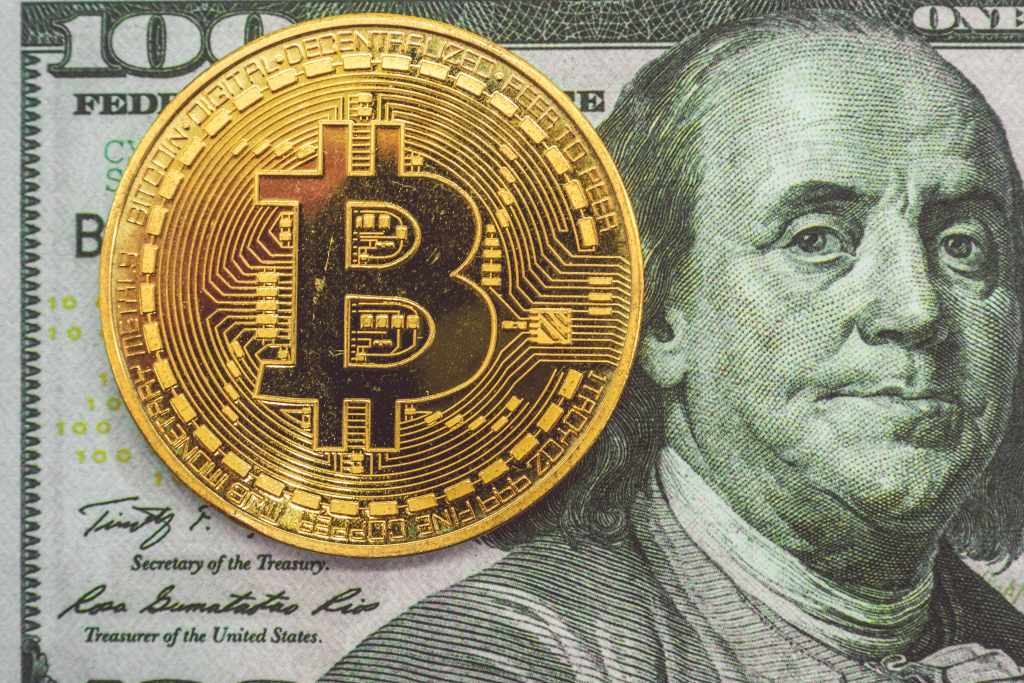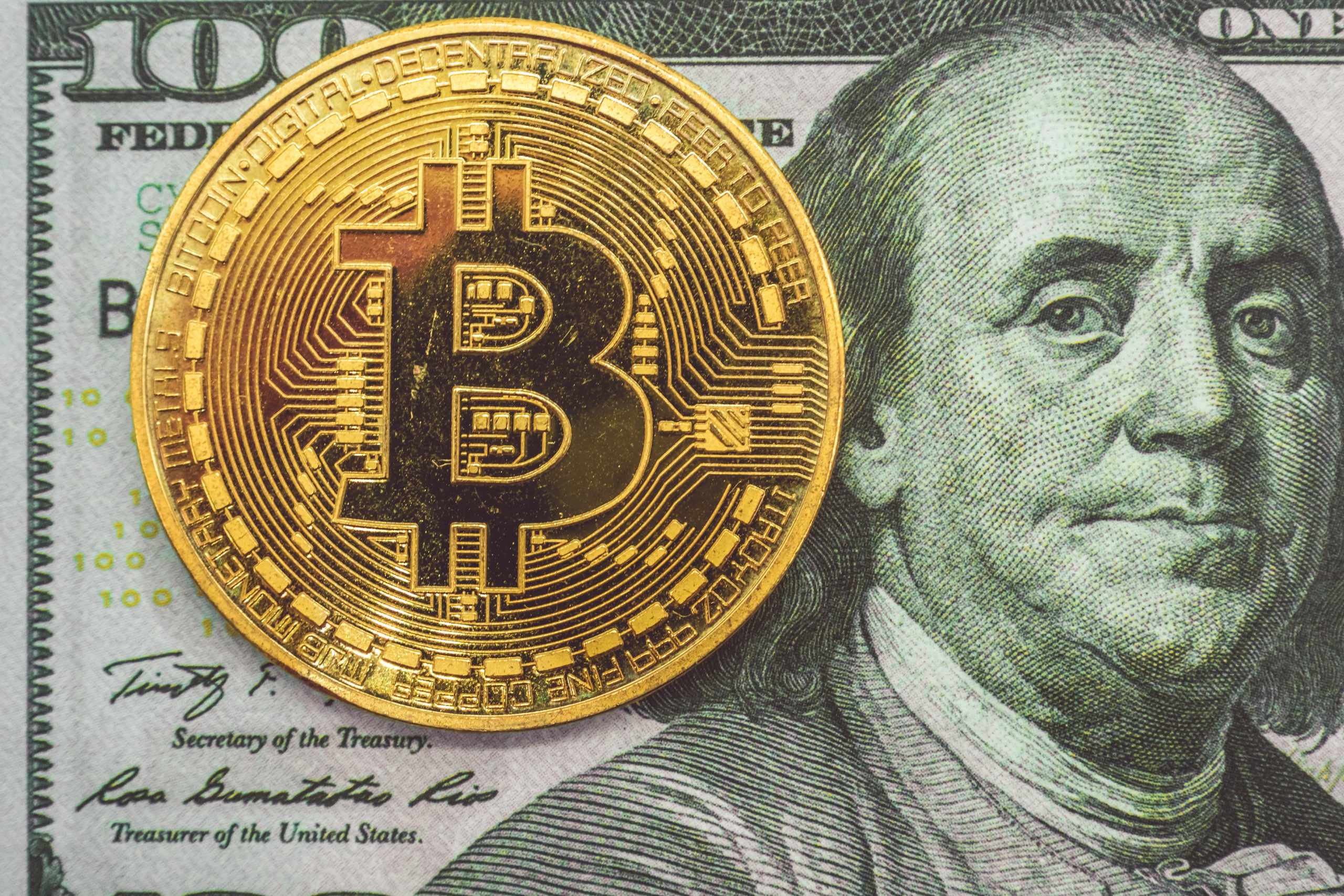
Cryptocurrencies and even blockchain are hot topics in the industry right now. There are many cryptocurrencies, among which Bitcoin is the most important. Ripple is another cryptocurrency that is gaining traction among investors. There is a lot of buzz and misunderstanding in the blockchain, digital currency, and cryptocurrency worlds, and one term that keeps popping up is Ripple. It is often asked what the difference is between Bitcoin (the most well-known blockchain-based cryptocurrency) and Ripple. So, in this piece, I’ll attempt to explain what Ripple is and how it differs from Bitcoin.
While both Ripple’s XRP and Bitcoin are cryptocurrencies—digital alternatives to government-issued currencies—they have significant distinctions. It differs in its principal purpose, the method it was built, and the costs and time required to do a transaction utilizing it—bitcoin trading leading the race comparative to all other cryptocurrencies. Nevertheless, people still invest in bitcoin more than any other crypto. So, visit digital currencies and start bitcoin trading.
Bitcoin vs Ripple
In contrast to Bitcoin, a digital currency designed to be used as a payment method for products and services, Ripple is designed to be used by financial institutions and payment networks for payment settlement, currency exchange, and remittance. The objective is to establish a system for direct asset transfer (e.g., money, gold, etc.) that settles in near real-time and is also a cheaper, extra transparent, and secure option to transfer methods used by banking institutions, such as the SWIFT payment system. Bitcoin is built on blockchain technology, but Ripple employs a blockchain networks ledger with a network of verifying servers and crypto coins called XRP instead.
The Key Differences Between Ripple and Bitcoin
Supply
Ripple’s initial quantity of 100 billion XRP was created, and over 45 billion are presently in circulation. On the other hand, the quantity of Bitcoin is limited to 21 million, among which upwards of 18 million are now in circulation.
Coin Issuance Control
Ripple owns the whole quantity of XRP and sells specific quantities in the market on a regular basis. Ripple presently holds around 55 percent of all XRP tokens, in addition to the 45 billion XRP in circulation. On the other hand, Bitcoin may be mined by tackling a numerical mathematical problem on even a computer. Nobody regulates its availability; however, it is restricted to 21 million units.
Transaction Processing Time
Ripple delivers principally rapid and low-cost transactions that enable low-cost exchanges, high-speed currencies, payment settlements and transfers. Bitcoin operates as a decentralized digital currency; instead of transaction rates, bitcoin prioritizes resilience to censorship as well as centralization. Transactions using XRP are verified in seconds. Bitcoin transaction confirmations, on the other hand, take approximately 10 minutes on average.
Technologies
The bitcoin network uses blockchain technology to verify transactions — a shared public database containing all validated transactions – and the mining idea. Ripple employs a consensus ledger as well as a network of verifying servers, sometimes known as validators. Ripple vets and selects these validators, which are critical to the money transfer validation process.
Applications
Currency exchange, transfers, and international payments are the major activities of Ripple. As an alternative to SWIFT payments, Ripple provides a significantly quicker, cheaper, and hassle-free method to swap currencies and move money across borders. Bitcoin is primarily a currency with no third parties or centralized authority managing its production and consumption. As a result, it may be used for various things, from paying for just a haircut to reserving hotel rooms online.
Where To Spend Ripple’s XRP?
Ripple was never intended to be money or a payment system. Furthermore, there is a tiny number of retailers which accept XRP token payments online. You may, for example, purchase honey, spicy sauces, and jewellery. You will discover a list of suppliers that are supposed to take Ripple XRP; however, things are continuously changing, and some of them don’t or won’t take it. The principal use for XRP is the transfer of many other currencies (or commodities, including gold or oil) across the Ripple network. “The fee is deducted in a tiny amount of XRP each time a money (or commodity) transferring entity, like as a bank, utilizes the network to complete a transfer and settlement.” Well, that’s what gives XRP its value – in some respects, they can be thought of as “fuel” for the computers that make these transactions.









